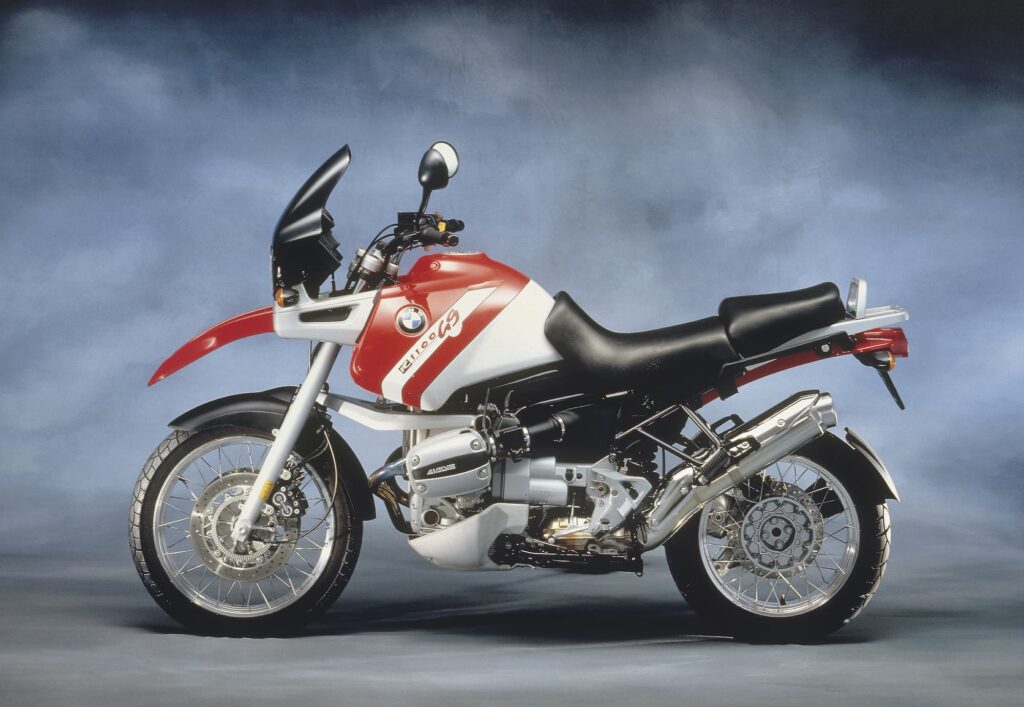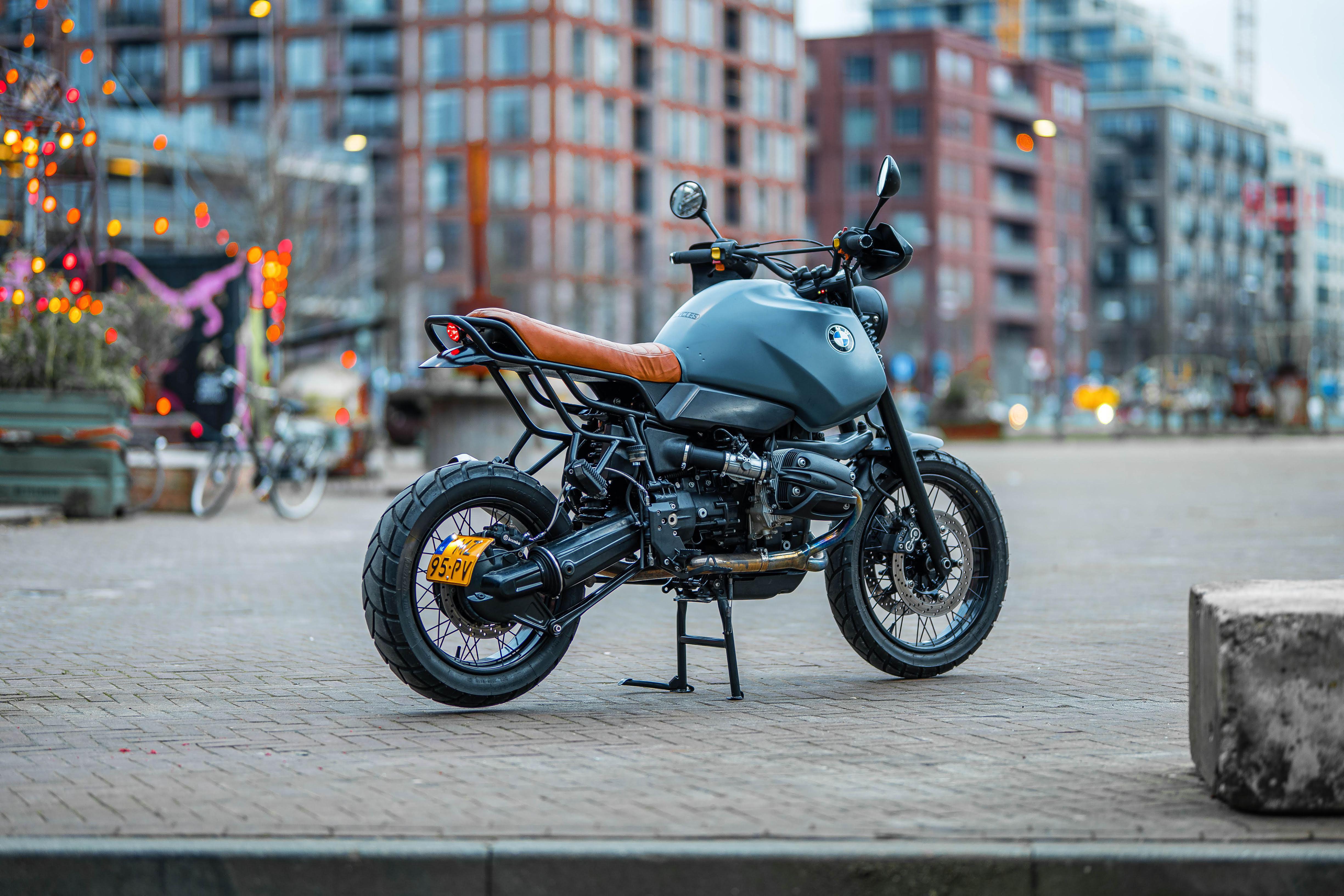So, this R 1100 GS. Man, what a machine. I’d been eyeing one for a while, you know, wanted something with a bit of character, something I could actually get my hands dirty with. Found one that had been sitting for a bit, price was right, so I dived in. Figured it’d be a weekend job to get her purring again. Famous last words, right?

The “Quick” Once-Over
First things first, the obvious stuff. Battery was deader than a doornail. No surprise there. Ordered a new one. While waiting, I drained the old fuel. Smelled like varnish, that stuff. Nasty. Changed the oil and filter, that was straightforward enough. The previous owner, bless his heart, had kept a decent record, but “decent” on paper and “decent” in reality after a few years of slumber are two different beasts.
I got the new battery in, fresh fuel, and hit the starter. Crrrank… crrrank… nothing. Not even a sputter. Okay, spark or fuel, the usual suspects. Pulled a plug, grounded it, cranked again. Spark was there. Weak, maybe, but there. So, fuel it is. Or rather, lack of it.
That’s when the real “fun” began. The fuel pump on these things. It’s inside the tank, which isn’t unusual. But getting that tank off and then getting into it… well, that was an evening. All that plastic bodywork. Clips and screws hidden in places you wouldn’t believe. I swear, some engineer was having a laugh.
- Panel one, off.
- Panel two, off. Snapped a little plastic tab. Great.
- Seat off.
- Finally, the tank bolts.
Then came the fuel lines. Quick-disconnects, they call them. “Quick-to-disintegrate” is more like it on a bike this age. One of the plastic ones just crumbled in my hand. Fantastic. Now I’ve got a fuel delivery problem and a broken parts problem. This wasn’t in the “weekend job” plan.
The Hunt and The Fix
Finding a replacement for that specific fuel line connector wasn’t as easy as I thought. Sure, you can get generic ones, but I wanted the proper BMW fit, if possible. Scoured a few forums, made some calls. Eventually found a specialist breaker who had one. Cost more than I wanted for a tiny piece of plastic, but what are you gonna do?

While waiting for that, I pulled the fuel pump assembly out of the tank. The old pump looked original. The filter sock attached to it was grim, all clogged up with who-knows-what. No wonder no fuel was getting through. Ordered a new pump and filter. Decided if I’m in there, I’m doing it right. Cleaned the inside of the tank as best I could. There was some sediment, but not too bad, thankfully.
Parts finally arrived. New pump went in, new filter, new (old) quick-disconnect carefully installed. Put the tank back on, connected everything up. Double-checked. Triple-checked. My garage was a mess of tools and fairing pieces. The wife was starting to give me that look.
Took a deep breath. Turned the key. Heard the new fuel pump whirr. Good sign. Hit the starter.
Crrrank… sputter… VROOOM! She fired up! Man, the relief. And the noise! That boxer twin rumble. It’s a sound that just makes you grin. Let it warm up a bit, idled a little rough at first, but then settled down. Revved it. Sounded healthy.
Always Something Else
I was feeling pretty pleased with myself. Rolled it out of the garage, feeling like a proper mechanic. Then I noticed it. A little tell-tale gleam on the front fork stanchion. Yep. A weeping fork seal. Of course. With these old bikes, you fix one thing, and it’s like they say, “Oh, you’re paying attention to me now? Check this out!”

So, that’s the next job on the list. Fork seals. And probably an oil change for the forks while I’m at it. It never really ends, does it? But you know what? I don’t even mind that much. It’s part of the deal with a machine of this vintage. It’s not like those new bikes, all electronics and you can’t touch anything yourself. This R 1100 GS, it lets you in. It demands a bit of your time, your sweat, maybe a bit of blood when you skin your knuckles. But when it runs, and you know you made it run, that’s a different kind of satisfaction. It’s a proper partnership. Me and the old Beemer, keeping each other going.
